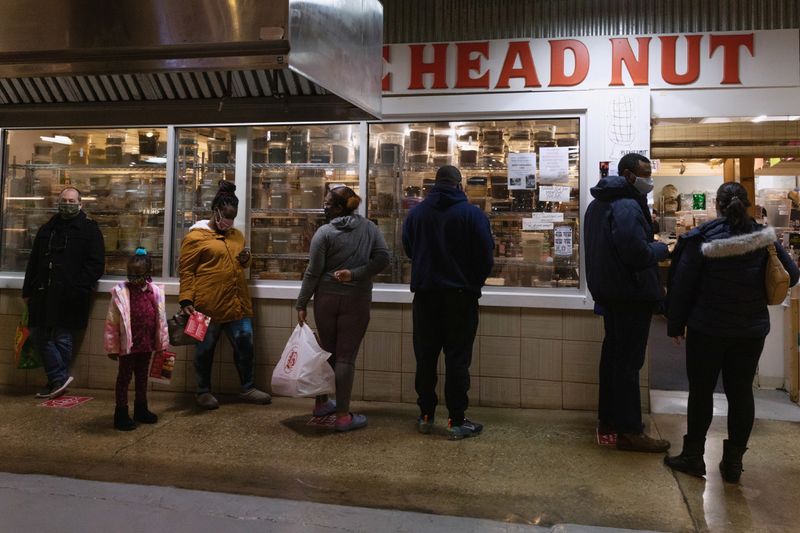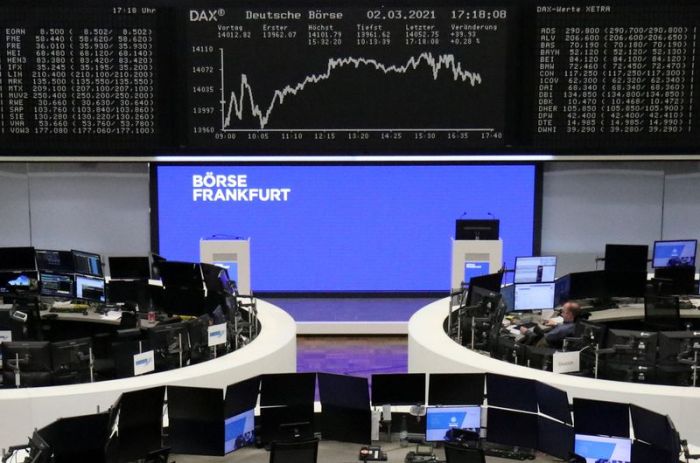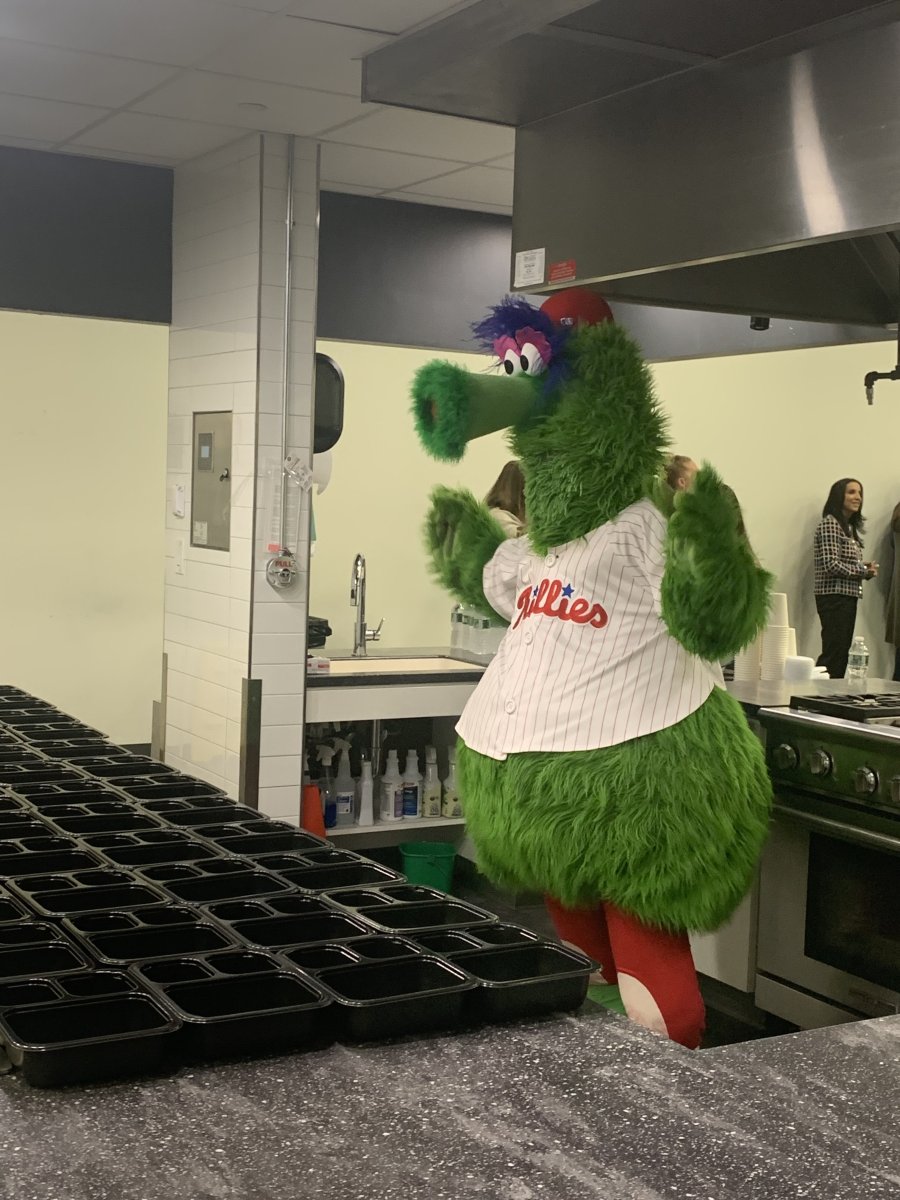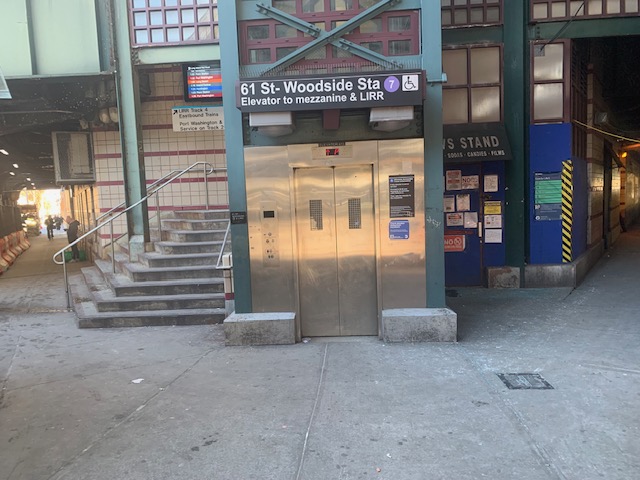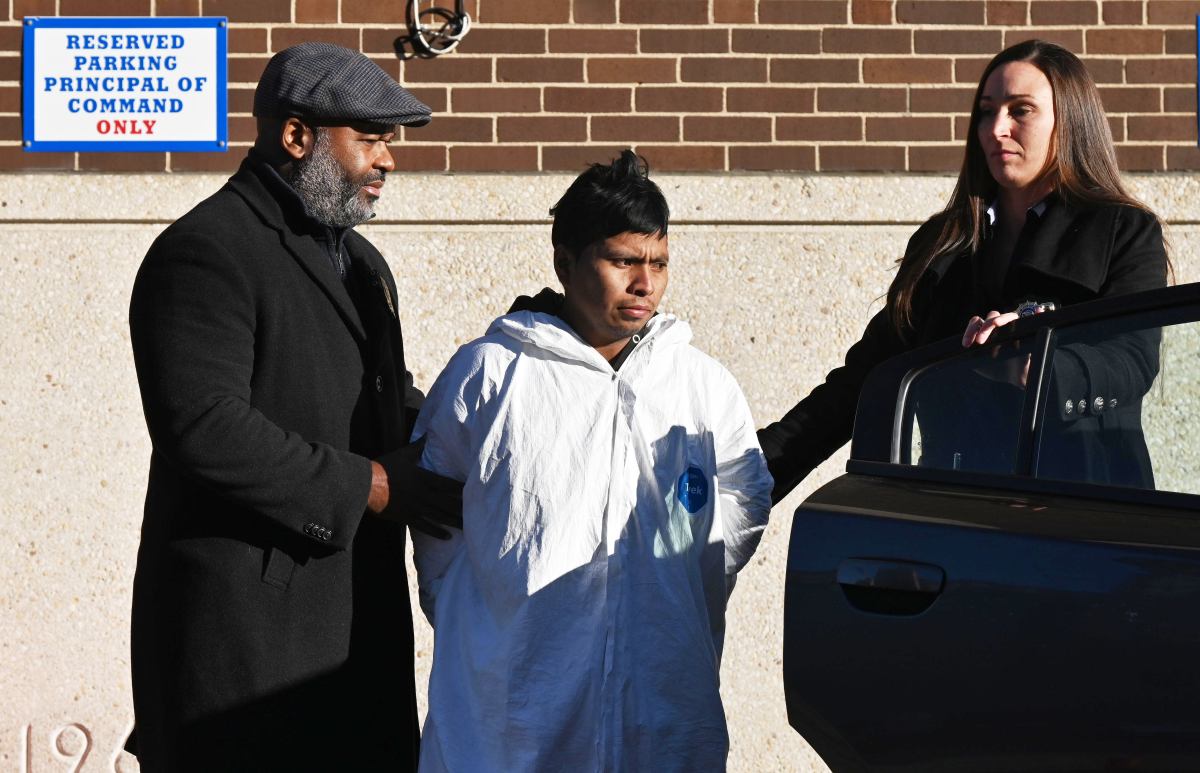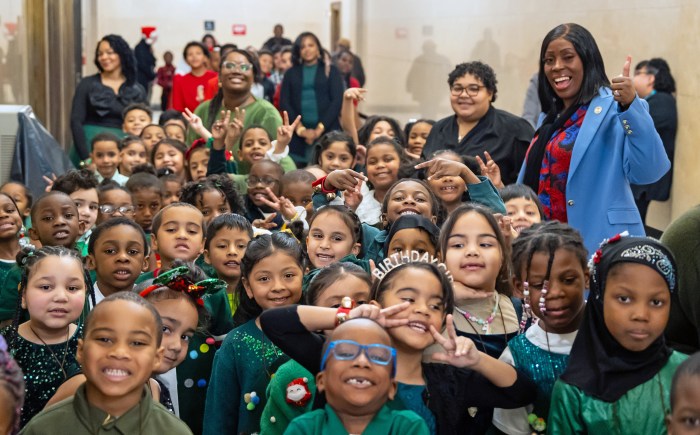WASHINGTON (Reuters) – The U.S. economic recovery continued at a modest pace over the first weeks of this year, with businesses optimistic about the months to come and demand for housing “robust,” but the job market showing only slow improvement, the Federal Reserve reported on Wednesday.
“Economic activity expanded modestly from January to mid-February for most” of the Fed’s 12 regional districts, the U.S. central bank said in its latest “Beige Book” compendium of anecdotes about the economy. “Most businesses remain optimistic regarding the next 6-12 months as COVID-19 vaccines become more widely distributed.”
The Fed, however, reported that the labor market, which remains about 10 million jobs short of where it was before the start of the coronavirus pandemic in 2020, was not gaining as much traction as had been hoped.
“Most Districts reported that employment levels rose over the reporting period, albeit slowly,” the Fed said, an outcome disappointing to officials who have hoped their efforts to support the recovery would pay off in faster job creation.
There were reports of labor shortages among some businesses due to the pandemic and related issues like child care, rising prices in some sectors as commodity and other input costs increased, and some wage pressures to fill open jobs.
In the Philadelphia Fed’s district, some contacts noted the debate in Washington over whether to impose a $15 minimum wage, and while several “worry about a potential minimum wage increase, one contact said that wages were rising because of demand for labor – ‘the $15.00 minimum is already here.’ Another pointed to job ads offering $23 an hour for warehouse jobs.”
But for the parts of the economy hardest hit by the pandemic, including the leisure and hospitality sectors, there was little sign of improvement so far. Hotel buildings and other commercial real estate investments tied to those industries “deteriorated somewhat,” the Fed said in its report.
The report represented “a slight upgrade” to the one issued in January, with a few more Fed districts reporting at least modest economic growth, said Krishna Guha, vice-chairman at ISI Evercore. Moreover, “there are few signs of imminent price acceleration” that might challenge the Fed’s commitment to maintaining low interest rates.
BREAKOUT POTENTIAL
The Fed is due to hold its next policy meeting in two weeks, amid an increasing sense that the risks from the pandemic will subside, and the economy start to register strong growth.
The boost in the economic outlook, driven by the expanding U.S. COVID-19 vaccination program and the potential for a $1.9 trillion federal spending package, has led to market speculation the Fed may be forced to scale back its support for the economy sooner than expected.
Fed officials in recent days have rebutted that idea by noting the long list of problems still on the table, from high joblessness to weak inflation, that would need to ease before it considers any change in monetary policy.
The latest Beige Book report gave voice to what recent economic data has shown: an economy whose breakout potential is so far just that, an aspiration that has not yet proved itself as the virus and recovery continue a tug of war.
In the Boston Fed district, those in the restaurant industry, “were optimistic for the first time since the pandemic began,” but at the same time faced the fact that with the virus still not controlled, “conventions that were supposed to take place in the Boston area during the summer of 2021 were postponed.”
About 15% of the U.S. population has been vaccinated with at least one dose of a coronavirus vaccine. Yet COVID-19 cases are being added at rate of around 50,000 daily, a decline from the winter surge but proof the virus is still in circulation.
At a time when forecasters anticipate economic growth perhaps rivaling the record rates seen immediately after World War Two, officials across the Fed’s districts stuck to words like “modest” and “slight” to describe the pace of the current rebound.
The brightest spot perhaps was residential real estate, where a number of districts reported continued strength, with factors such as the rise of remote work prompting people to relocate.
“Contacts from Massachusetts, Rhode Island, and Maine saw high numbers of out-of-state buyers, especially for homes in vacation communities,” the Boston Fed reported. A Massachusetts contact said low interest rates and flexible work arrangements had “likely provided a boost” to demand for vacation homes.
Housing prices in many districts rose sharply as buyers competed for a limited supply of homes. In the Richmond district, some realtors reported that houses “frequently sell within an hour, often sight-unseen.”
(Reporting by Howard Schneider; Editing by Paul Simao)

